Data scientists face a common scenario when looking at an infinite stream of raw data displayed on their screens. The data needs cleaning and transformation before any insight analysis happens since you must test multiple algorithms alongside hyperparameter adjustment. The process is too long, tedious, and hard to finish.
Yet, you're not alone in this. Research shows that data professionals allocate 80% of their time toward preparing and executing repetitive tasks rather than devoting it to innovation and analytical work. Believe it or not, you would work only one day each week if you removed data preparation from your work tasks. AutoML technology reduces human work to 20% while making 80% available for data-oriented choices.
If you need to speed up processes and allow specialists to focus on the most critical tasks, you should use AutoML frameworks. However, what frameworks are suitable for AutoML? What are the limitations so far? We will answer these questions in the article.
What is AutoML?
In simple technical terms, the AutoML framework automates ML model selection, construction, and parameterization. It provides methods and processes to accelerate exploration and prediction.
The skyrocketing demand for AI projects and a shortage of AI experts mean that complex tasks must be left for automation. However, AutoML is not a general tool for managing model performance and cannot analyze the resulting data.
One example of an AutoML constraint is the hill climbing algorithm, where the model is tasked with finding a globally optimal outcome or solution. An AutoML model usually works well until it reaches a local maximum, like the top of a small hill. It may seem like you've found a good solution, but data science professionals know this may not be the best option. As the model continues to grow, its accuracy will likely decrease. A skilled person can help quickly expand the model and find the global optimal maximum.
So, AutoML frameworks enable automated model selection in combination with hyperparameter optimization and automate feature processing. But why exactly do you need it?
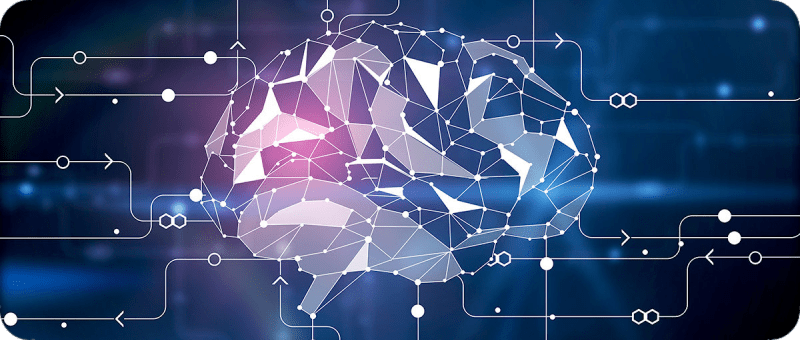
More on the topic
MLOps Benefits that make it an industry trend
Find out why everyone cares about MLOps that much and why you should use it
Show meWhy use AutoML frameworks?
Imagine starting an ML project with a tight deadline. You start by first cleaning your data, which means organizing messy information. After that, you choose the essential features. Then, run the algorithm while adjusting the settings for the best results. Progress takes weeks at this point, and you may spend too much time on routine tasks instead of solving real problems.
At the same time, AutoML frameworks automate necessary ML pipeline components, allowing you to maintain a high-level view of the work. AutoML provides access at every level to create high-quality models through automation while focusing on broader objectives.
What factors can motivate you to adopt AutoML technology? Let’s break it down.
Automation
One of the key benefits of AutoML frameworks is their ability to improve efficiency. Machine learning algorithms can be trained for data analysis, forecasting, and classification tasks, freeing up time and resources for other vital tasks. Additionally, machine learning can optimize business processes such as supply chain management, logistics, and financial planning.
Improved decision-making
Another benefit of automated machine learning is its ability to improve decision-making. ML algorithms can be trained to analyze large amounts of data and identify patterns and trends that would be difficult or impossible to detect manually. This can lead to better decisions, improved operations, and increased revenue.
Deep learning
The deep learning algorithms in automated machine learning help analyze image and video data when it exists in an unstructured format. This method applies reinforcement learning to improve real-time decision-making.
Diversity of application
AutoML frameworks are used in almost every field, making them multifunctional. For example, they help predict disease outbreaks in medicine by analyzing vast amounts of data from various sources.
The concept of Automatic Machine Learning
Supposу we have a data set from which we want to obtain a predictive model. The traditional machine-learning approach requires the following sequence of actions:
data preprocessing
identifying characteristic features and constructing new ones
choosing the right learning model
optimizing hyperparameters
model training with optimal parameters
The process can be long and, therefore, expensive. Indeed, for a better result, you must test the hypothesis repeatedly. Moreover, it can be refined further at each step.
The task of AutoML is to robotize all or at least some of these steps without losing predictive accuracy. The ideal AutoML strategy assumes that any ML user can take raw data, build a model, and get predictions with the best possible (for the available sample) accuracy.
But does this mean that data analysis specialists will never be needed? Of course not. Auto ML technologies aim to eliminate the routine sequence of operations and manual enumeration of models so that experts can devote more time to the creative side of the issue.
Consider the “conveyor” of machine learning described above. Each stage requires its own approach. For example, to prepare data, it may be necessary to automate:
determining the type of columns (numeric data, text, Boolean values, etc.)
the semantic content, for example, if the field is text, then what it represents: last name, date, geotag, etc.
task detection: cluster allocation, ranking, etc.
Particular attention is paid to the process of finding the best model hyperparameters. The two most common methods for finding them are:
Grid search.
Random search (random search).
Many researchers prefer these methods because they are easy to implement during double and triple-parameter analysis. The selection of hyperparameter optimization approaches depends on model complexity because Bayesian optimization, neural architecture search, simulated annealing, and evolutionary algorithms provide superior effectiveness for complex models.
Standards for evaluating AutoML frameworks
Conceptual differences exist among all types of AutoML frameworks available today. Your selection depends on project targets, technical ability and the infrastructure resources you need. The following factors represent essential elements for the best AutoML framework assessment:
1. Ease of use
Your selection depends on whether you seek an interface that requires no coding or the capability to modify the tool. For example, Google AutoML provides an interface suitable for novice users, but Auto-Sklearn requires more technical competence because it operates as an open-source solution.
2. Model performance & customization
Will your framework place greater emphasis on accuracy, speed, and interpretability? Some AutoML tools, like Google AutoML and H2O AutoML, achieve top performance with their advanced adaptive hyperparameter controls, whereas other tools enable user adjustments for optimized business model specifications.
3. Data processing capabilities
The framework enables automatic feature generation, handles missing values, and implements data augmentation methods. Advanced AutoML tools automate these data science operations, decreasing the need for human user involvement.
4. Scalability & integration
What size of data will your work process: enterprise-level big data or small datasets? This consideration is similar to how AWS AutoML's scalability aligns well with AutoGluon libraries that operate on local systems.
5. Cost & licensing
The framework exists through free access, requires a subscription-based payment, or utilizes a pay-per-use model. Best AutoML tools have lower costs but need additional initialization time before usage, whereas commercial frameworks offer business-oriented technical help at a financial expense.
The selection of the AutoML framework depends on finding the right combination between automated processing and flexible strategy approaches. The key requirement depends on which quality you value most: speed, accuracy, or control. Let’s take a look at the most suitable frameworks for 2025.
Top AutoML frameworks
1. TransmogrifAI
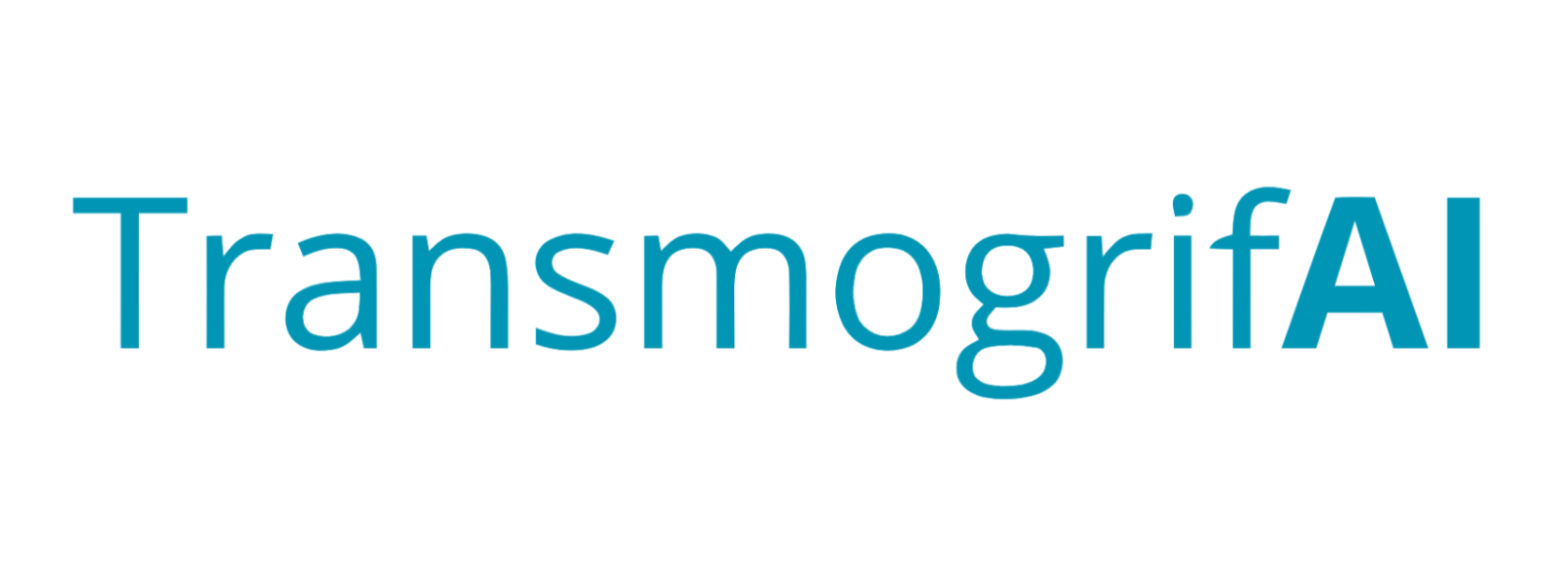
TransmogrifAI, a library built on the Scala language and the SparkML framework, automates key machine-learning tasks.. With just a few lines of code, data scientists can automate data cleansing, feature engineering, and model selection to achieve good model performance and facilitate further exploration and iteration.
TransmogrifAI includes 5 main components of machine learning:
function derivation
transmogrification (i.e., automatic feature engineering)
automatic function check
automatic model selection
hyperparameter tuning & optimization
2. AutoGluon

AutoGluon is an open library for machine learning application developers from Amazon Web Services that makes it easy to use and extend AutoML. It allows you to achieve the highest accuracy of forecasts using modern deep learning methods without special knowledge. It's also a quick way to prototype what you can achieve with the dataset and get a starting foundation for your machine learning.
AutoGluon can:
create models designed to classify images and text
recognize objects
perform tabular forecasting
This tool also contains a programming interface for advanced software engineers interested in exploring the model parameters.
3. MLJAR
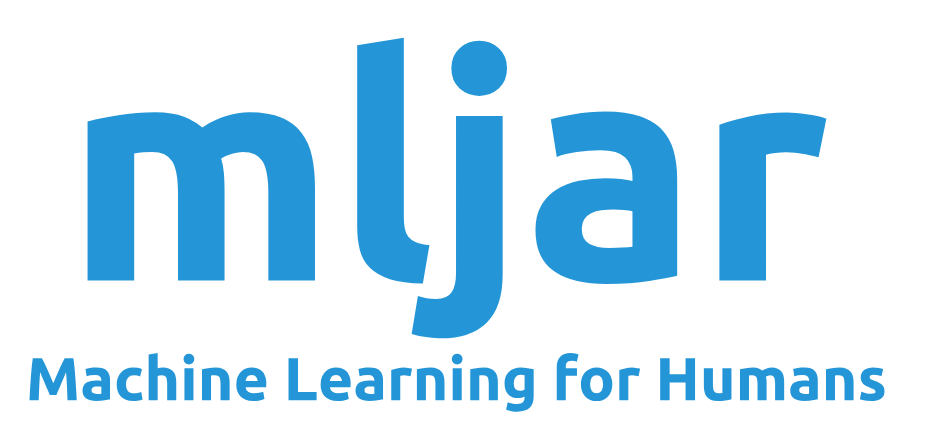
MLJAR is a browser-based platform for rapidly building and deploying ML models. It has an intuitive interface and allows you to train in parallel. It has built-in Hyperfeit search functionality, making it easier to deploy models. MLJAR provides integration with NVIDIA's CUDA, Python, Tensorflow, etc.
You only need to follow 3 steps to create a good model:
Download your dataset.
Train, adjust, and select the best ML algorithm.
Use the best predictive model and share your results.
This AutoML framework is currently used for subscription versions. It has a free version with 0.25 GB of data settings. There are limitations, but it's worth a try.
4. DataRobot
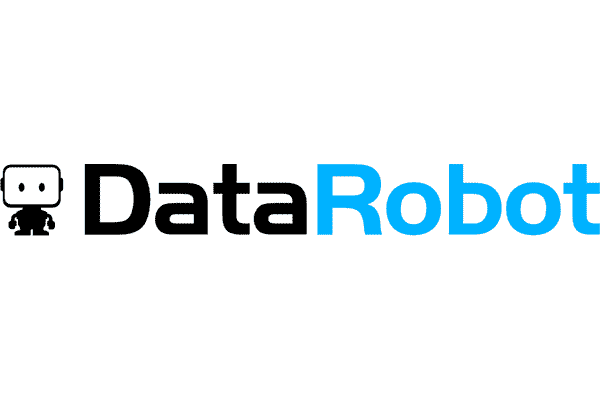
The DataRobot platform allows business analysts to build predictive analytics without ML or programming knowledge. The platform uses AutoML to build accurate predictive models quickly.
This platform provides a convenient user interface for creating machine learning models. In just a few steps, a company can deploy a real-time predictive analytics service powered by an accurate ML model.
A massive advantage of DataRobot is the ability to go deeper into the platform and take control of the machine learning workflow. On the one hand, business analysts can use it as a tool, while experienced data scientists can tune many parameters independently to get even more accurate models.
Features of using DataRobot:
DataRobot uses state-of-the-art distributed processing to run experiments in parallel
The solution can be used locally or in the cloud.
It connects quickly and easily to any data source.
DataRobot offers built-in security for role-based, fine-grained authorization and supports Kerberos and LDAP protocols.
5. MLBox

MLBox framework has proven itself effective.
MLBox solves the following machine-learning tasks:
Data preparation (the most developed part of this AutoML library)
Model selection
Hyperparameter search
Among the shortcomings is that the system is much easier to install on Linux than on a Mac or Windows.
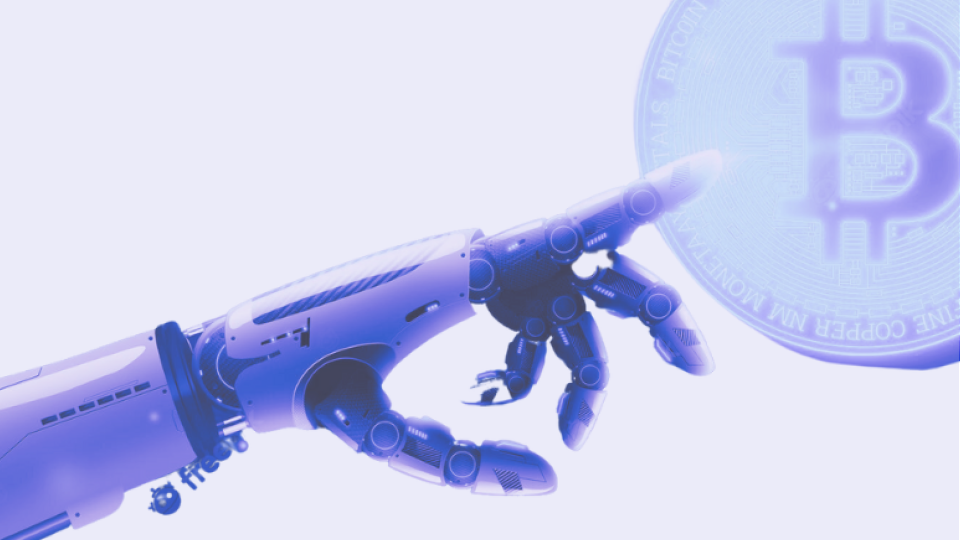
Do you know?
Is your business ready to use AI?
In the near future, we will completely get rid of manual processing of information - it will be replaced by autonomous systems capable of processing huge amounts of information with high speed.
Find out more6. Auto Sklearn

As the name implies, the Auto Sklearn framework is built on top of the popular scikit-learn ML library. What Auto Sklearn can do:
Characterization (a distinctive feature of the framework)
Model selection
Hyper settings
Auto Sklearn performs well with small training datasets but struggles with large ones.
7. TPOT
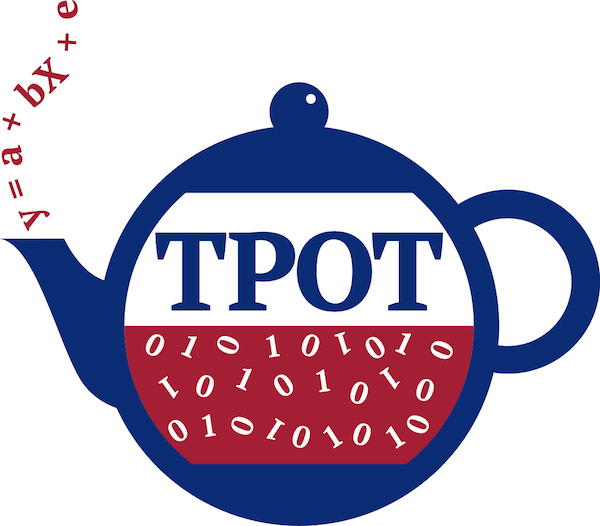
TPOT is positioned as a framework in which the machine learning pipeline is fully automated. A genetic machine learning algorithm can find the optimal model. Many AutoML models are built with the choice of the best predictive accuracy.
Like Auto Sklearn, this framework is an add-on for scikit-learn. However, TPOT has its own regression and classification algorithms. Disadvantages include the inability of TPOT to interact with natural language and categorical lines.
8. H2O

H2O Flow is an interactive web tool that allows you to select data from various sources, visualize it, and create an environment for model building, forecasting, scoring, and exporting your model. The strength of H2O is distributed in-memory processing.
H2O AutoML is written in Java and supports algorithms commonly used in Data Science, such as GBM, Random Forest, and Stacked Ensembles. H2O works with R, Python, and Scala on Hadoop/Yarn, Spark, or your laptop.
Advantages of the H2O AutoML framework:
open-source AutoML, distributed (multi-core + multi-node) implementations of advanced ML algorithms
the presence of basic algorithms in high-performance Java, including API in R, Python, Scala, and web interface
easily deployable models for production as pure Java code
efficiently works on Hadoop, Spark, AWS, your laptop, etc.
9. Auto Keras

The open-source AutoML framework AutoKeras operates as an interface to make deep learning available through an easy-to-use structure. Through its scikit-learn API implementation, AutoKeras enables users familiar with Python ML tools to work easily. Through neural architecture search (NAS) technology, AutoKeras enables the automatic discovery of suitable deep-learning models and their corresponding hyperparameters.
Advantages of AutoKeras framework:
The AutoML system enables the classification of images and texts, forecasting of time-series data, and analysis of tabular data through essential setup modifications.
The system operates on Keras and TensorFlow foundation to maintain integration with conventional deep learning pipeline workflows.
Performance optimization happens automatically through this system and requires no input from users.
Machine learning processes run efficiently because this system operates effectively with CPU and GPU devices.
10. Google Cloud AutoML
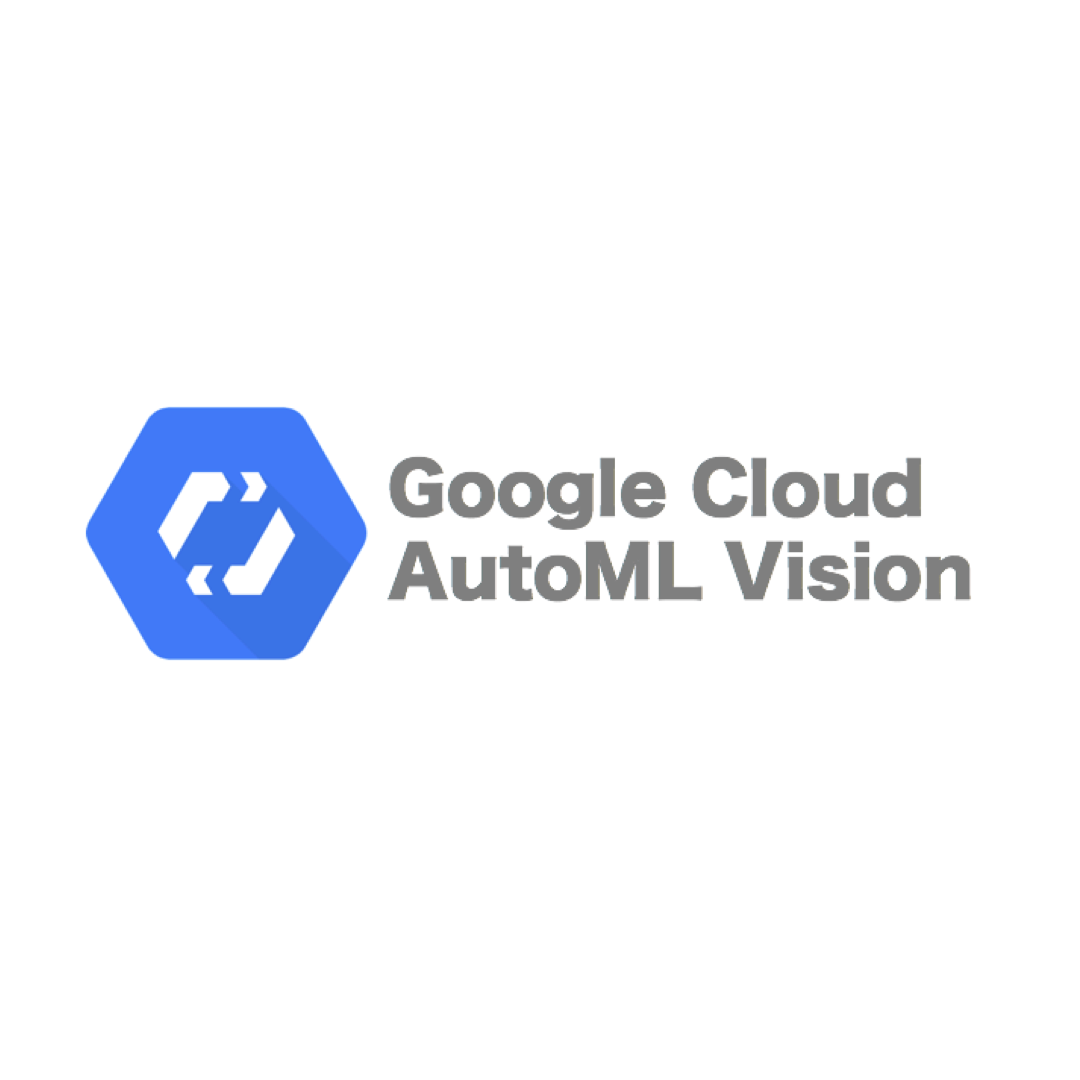
Cloud AutoML uses a neural network architecture. This Google product has a simple user interface for learning and deploying models.
However, such AutoML platforms are usually paid, and in the long run, it makes sense to use them only for commercial projects. On the other hand, Cloud AutoML, with restrictions, is free of charge for research purposes throughout the year.
11. Uber Ludwig

The goal of the Uber Ludwig project is to automate modern deep learning systems with a minimal amount of code. This framework only works with deep learning models, ignoring other ML models.
Key features of Uber Ludwig:
Users need no deep ML expertise because they can train models using essential CSV datasets.
The system functions flexibly by accepting different input types, including images, text, numbers, and categories, while choosing the most suitable deep learning frameworks.
Automated architecture search uses a programmed protocol to execute model and hyperparameter tests to identify the best solution.
The platform allows users to examine outcomes and evaluate model results with its integrated graphical evaluation tools.
Works efficiently on local machines, cloud environments, or distributed systems.

More real facts
AI in FinTech: Use cases of AI and ML in Fintech
More than 90% of global fintech companies are already relying heavily on artificial intelligence and machine learning. Do you know how?
Let's seeConclusion
So, AutoML is already quite effective at supervised learning with high-quality labeled data. However, it has not yet solved unsupervised or reinforcement learning challenges. These limitations hinder its application in real-world robotics or game AI scenarios.
Comparing AutoML frameworks, there are some rare examples of successful implementation of reinforcement learning, such as AlphaZero, developed by DeepMind. In their example, we can see the possibility of improving the game quality in Go during training, in which AI competed with itself.
AutoML frameworks still have difficulties processing complex raw data and optimizing the process of constructing new features (feature engineering). For this reason, feature selection remains one of the cornerstones of the model learning process.
However, we can see that progress in these areas is accelerating with the increasing number of AutoML contests.
Moreover, our team can assist you in incorporating modern AutoML frameworks into the development pipeline to advance AI and ML projects. Contact us to discover how we can boost your project!





















